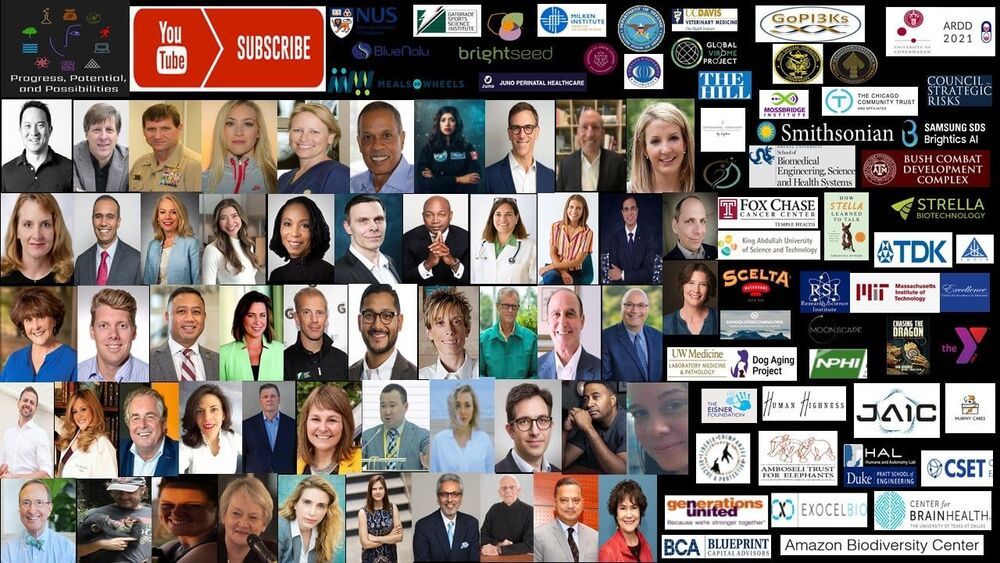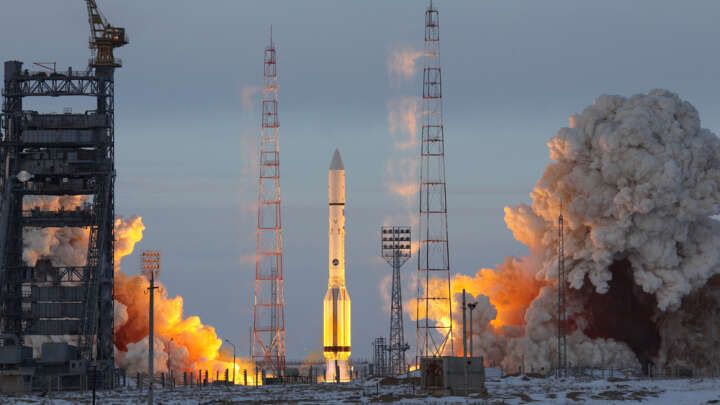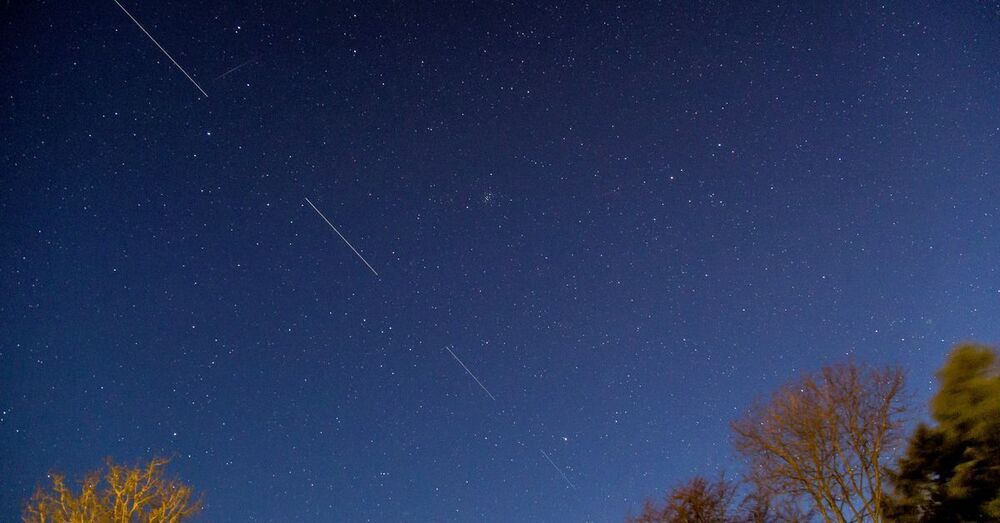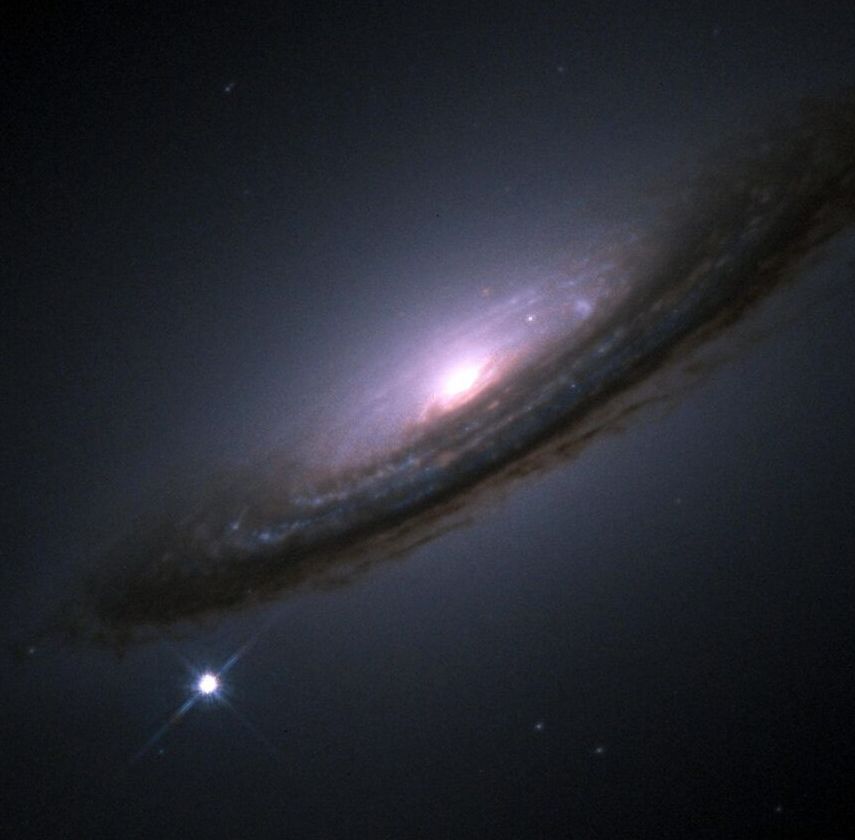Hyundai Motor Group said Tuesday that it has officially completed its acquisition of robotics company Boston Dynamics. The deal was announced in December and valued Boston Dynamics at $1.1 billion. The purchase sees Hyundai pick up an 80 percent controlling stake in the company, with the previous owner, Softbank, retaining 20 percent ownership.
The deal will hopefully create a stable home for Boston Dynamics, which has continued to pump out the world’s most impressive robots despite continual ownership changes. The company was spun off from MIT in 1992 and survived for most of its life on DARPA research grants. Google acquired the independent Boston Dynamics in 2013 as part of a brief interest in robotics led by Android co-founder Andy Rubin. Google freed the company from surviving on military contracts, but when Rubin left Google a year later, the executive interest in robotics left with him.





